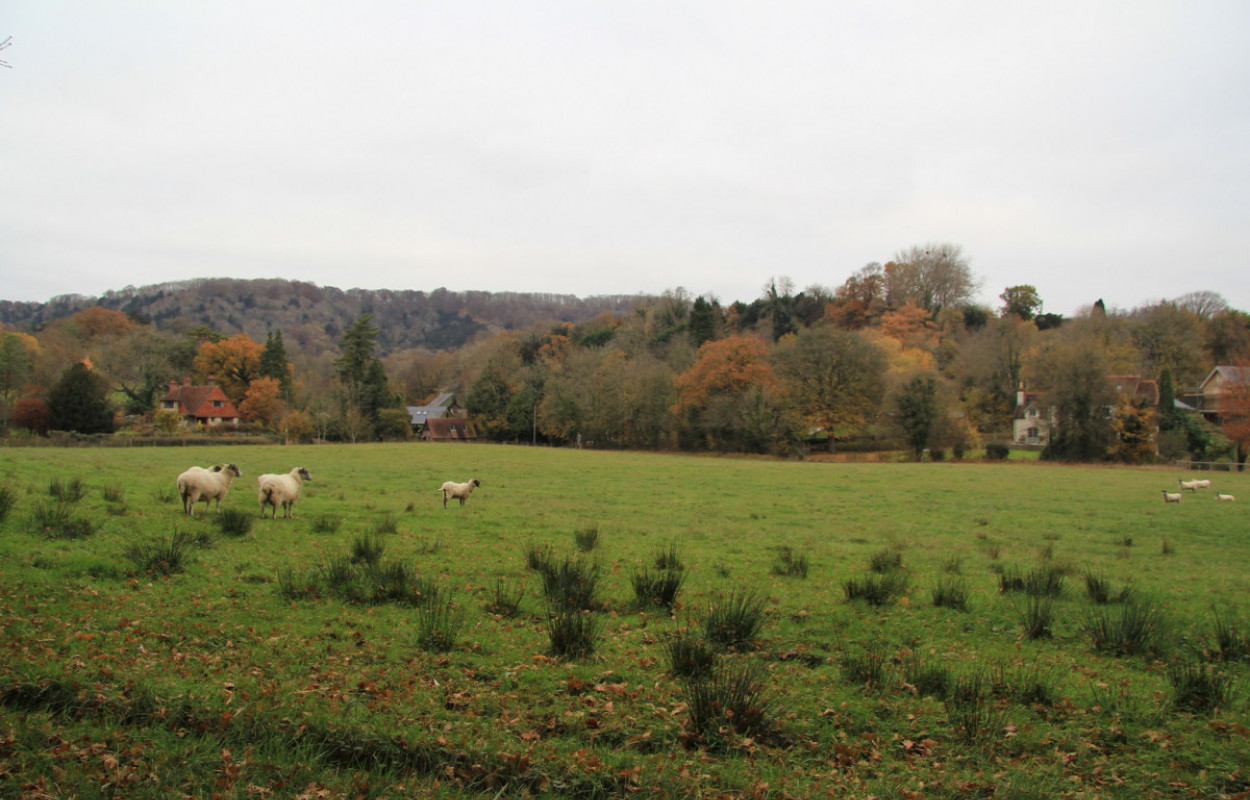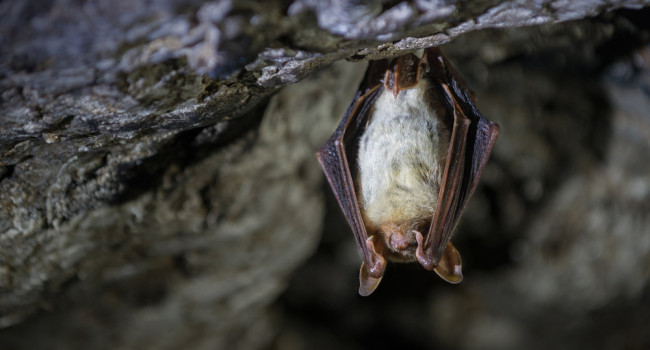Using satellite data to assess spatial drivers of bird diversity

Author(s): Hunt, M.L., Blackburn, G.A., Siriwardena, G.M., Carrasco, L. & Rowland, C.S.
Published: December 2022 Pages: 17pp
Journal: Remote Sensing in Ecology and Conservation
Digital Identifier No. (DOI): 10.1002/rse2.322
Abstract
Notes
Landsat data courtesy of US Geological Survey. The authors are thankful to all the volunteers and professional ecologists who collected bird, habitat and vegetation data in Countryside Survey (CS) and to CEH and BTO staff who co-ordinated the survey and data collation.
MH was funded by Lancaster University through a Lancaster Environment Centre PhD Studentship as part of the Graduate School for the Environment. CR, LC and MH were funded by the UK Natural Environment Research Council (NERC) National Capability award NE/N018125/1 ASSIST—Achieving Sustainable Agricultural Systems www.assist.ceh.ac.uk. ASSIST is an initiative jointly supported by NERC and the Biotechnology and Biological Sciences Research Council (BBSRC).







Share this page